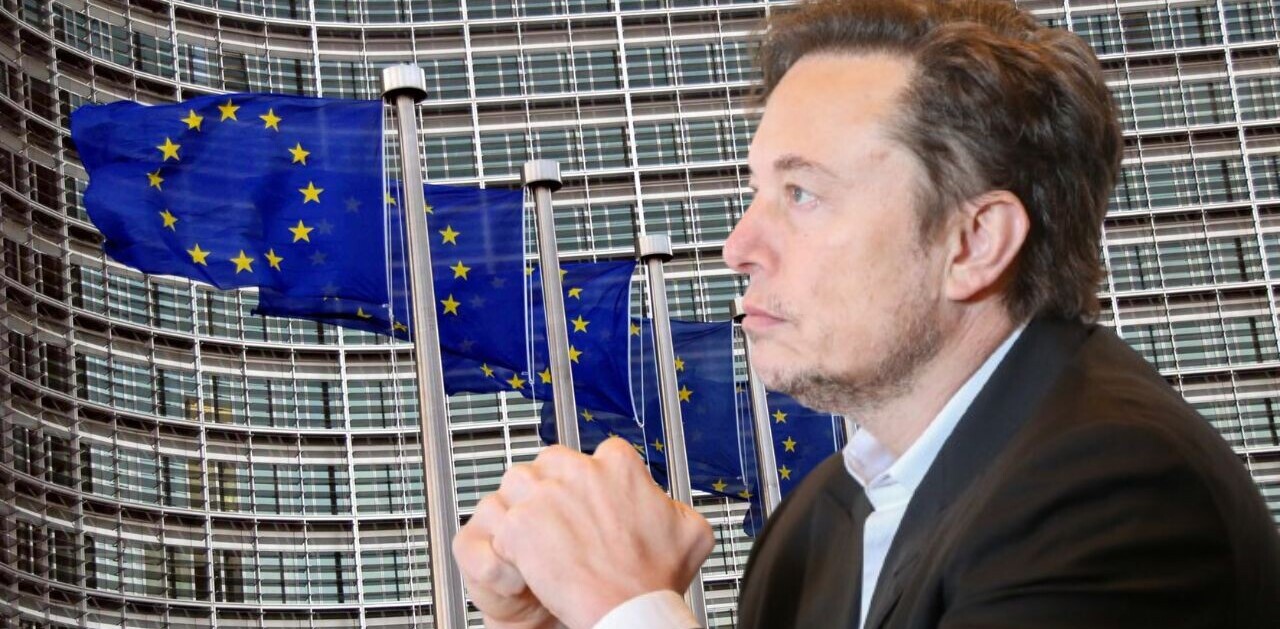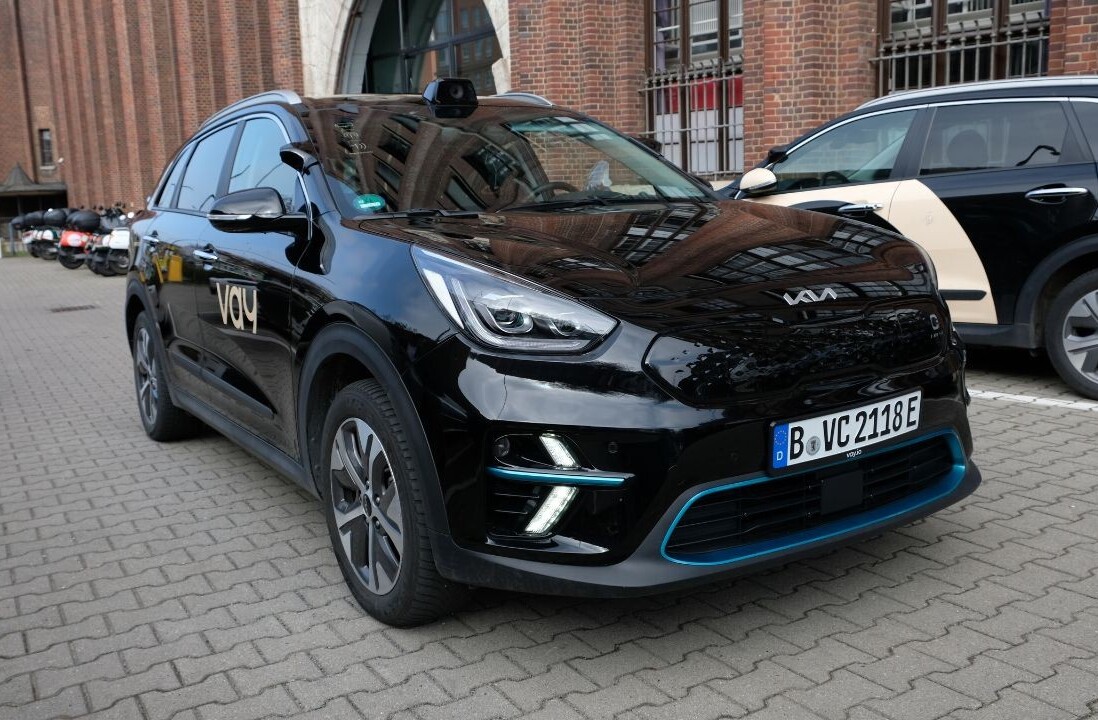
Switching to an electric vehicle is good for the environment and your bank account. EVs save drivers an average of $800 to $1000 a year on driving costs compared to traditional fuel-powered cars, but some EV enthusiasts are finding ways to squeeze even more mileage and money from their vehicles.
Hypermiling is a driving practice that prioritizes efficiency and cost savings, encouraging you to drive as economically as possible. Even though electric cars are not gas guzzlers, EV owners can still adopt these techniques to boost their range and save money in the process.
How is hypermiling different for EVs compared to fuel-powered vehicles?
Hypermiling gained popularity in the early 2000s with petrolheads who hoped to cut down on rising fuel costs by changing their driving habits. In traditional vehicles, hypermilers use miles per gallon (MPG) as the key metric to determine their car’s efficiency. In comparison, EVs are already highly efficient and economical compared to fuel-powered motors, and they rely on alternative performance indicators.
Converts from traditional vehicles to electric cars can use the MPG equivalent (MPGe) to compare their new EV mileage to their former automobile. The US Environmental Protection Agency invented MPGe to give a ballpark measurement for drivers switching over from fuel to electric cars, but it doesn’t provide an accurate measure of EV consumption.
EVs base their energy consumption on the kilowatt-hour(kWh), so kWh per 100 miles is most effective at showing how efficiently an electric vehicle converts energy into mileage.
EV drivers who want to hypermile their vehicle should first calculate their car’s kWh per mile to measure their individual car’s fuel efficiency. To make this calculation, EV drivers need to know their electricity costs and their vehicle’s kWh per 100 miles rating. Cars with a lower kWh per 100-mile range are usually cheaper to drive and run longer on a single charge.
The results from these calculations will vary according to each situation. Charging an EV at home is usually cheaper than public charging spots. Daytime electricity tariffs are generally more expensive than evening electricity costs, so these variables will all play a factor in the kWh per mile cost.
Hypermiling = hyper-notetaking
Despite its motor-inspired name, hypermiling is less “Fast and Furious” and more slow and calm. Once you’ve estimated your vehicle’s kWh per-mile costs, start tracking your journeys. Understanding how different weather, roads, and traffic affect your vehicle’s range will help you determine which factors significantly impact your car’s efficiency and cost.
The results will differ for each vehicle and driving circumstances, so taking note of driving conditions and the vehicle range will help you better understand how to optimize your EV.
How to hypermile: before the journey
One way drivers hypermile EVs is by choosing the most economical driving routes. Contrary to conventional wisdom, the quickest route is not always the cheapest if it’s hilly, full of traffic stops, and intersections. Steep inclines and inconsistent traffic flow increase an EV’s energy consumption, meaning the ride is more expensive in the end.
Instead, routes with minimal traffic stops and flat roads will help your EV go further, saving you money. If you’re familiar with your local streets, personal knowledge may suffice to plan your journey, but you can always turn to transport apps to help you figure out the best trip.
For instance, the Polestar 2 electric vehicle comes with Google Maps, which will help you discover the greenest route to your destination. As the EV company highlighted in a recent article, electric cars aren’t completely clean, but there are things automotive companies and drivers can do to lower their impact on the environment. By taking the eco-friendly journey, you’ll be saving money and minimizing your carbon footprint on the planet – a win-win situation.
Before you set off, prepare your car for a comfortable ride without eating into the battery. Avoid using in-car systems like HVAC while driving because they reduce your battery’s capacity, resulting in lower mileage. Pre-heating or pre-cooling your vehicle while it’s charging saves it from consuming energy while on the road and maintains suitable in-vehicle conditions for a comfortable ride.
Hypermilers often sacrifice these conveniences to save money, but you can lower your costs without sacrificing those small comforts if you prepare beforehand.
It’s more practical to charge your vehicle on a low battery, as the first 50-80% can charge in as little as 15 minutes. By contrast, the remaining battery can take double that amount to fully charge, increasing your electricity costs in the long run. These minor changes can add up to extra savings on your EV over time.
How to hypermile on the road
While you’re on route to your destination, there are a few tips you can use to hypermile your ride. Reducing your average speed will lower your vehicle’s costs over time because it uses less battery. A slow build-up to acceleration coupled with a consistent rate will help your car drive longer on a single charge.
Similarly, regenerative braking can hypermile your EV. This technique is unique to EVs. Instead of braking, slowing your car down when coming to a stop allows you to convert kinetic energy back into an extra electrical charge for your batteries. Some advanced vehicles automatically convert the energy produced by driving. For example, the heat pump in the PS2’s Plus pack supports its HVAC system and increases its range.
A lighter ride makes for a longer range, so remove heavy items from the trunk or roof of your vehicles as this can severely impact fuel efficiency. Avoid long trips with heavy baggage if you want to extend your car’s mileage and reduce running costs.
Lastly, regular maintenance of your EV will help you identify and resolve issues that could hinder your car’s efficiency. If the tire pressure has a firm tread, this can dramatically improve your EV’s fuel efficiency. Likewise, consistent check-ups on your vehicle will help you spot issues such as battery degradation and accelerator throttle failure, all of which can impact how far your car travels.
What’s next for hypermiling?
EVs resolve many of the cost and environmental issues associated with fuel-powered cars. However, individual owners can still make their rides more efficient and kinder on the planet, while saving some cash along the way. Hypermiling has evolved from a fuel-inspired pursuit to a driving mindset that bears some relevance even for the newer vehicle innovations.
Our changing habits and driving norms will become part of our future vehicle experiences. As today’s EV owners take to the road, they will shape the next generation of vehicles and fuel efficiency in a real drive towards the future.
Get the TNW newsletter
Get the most important tech news in your inbox each week.






